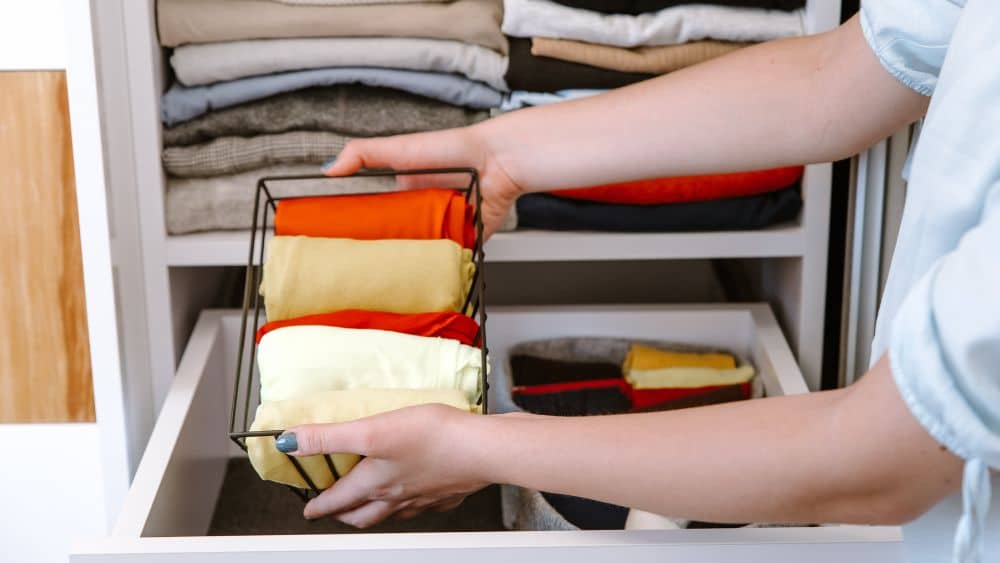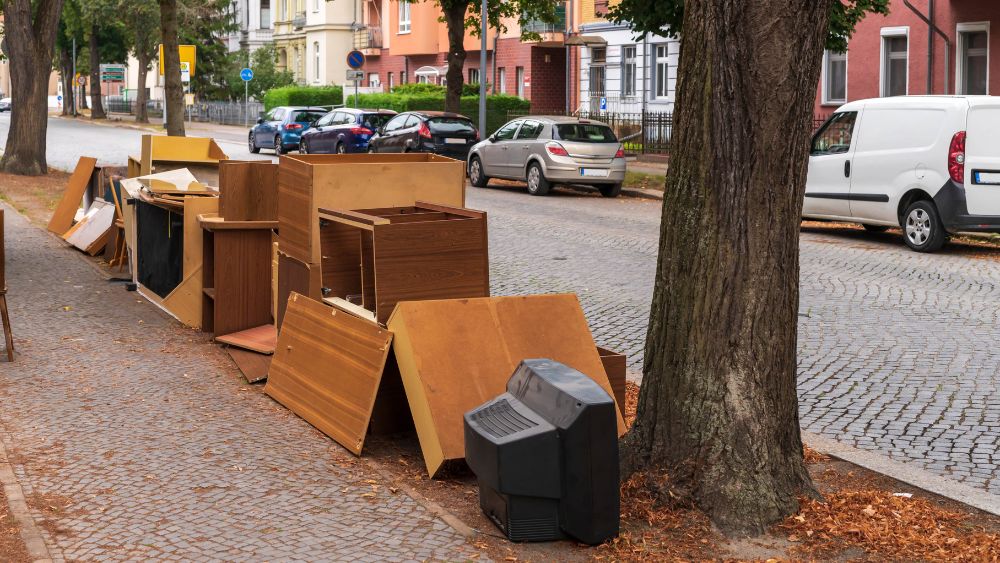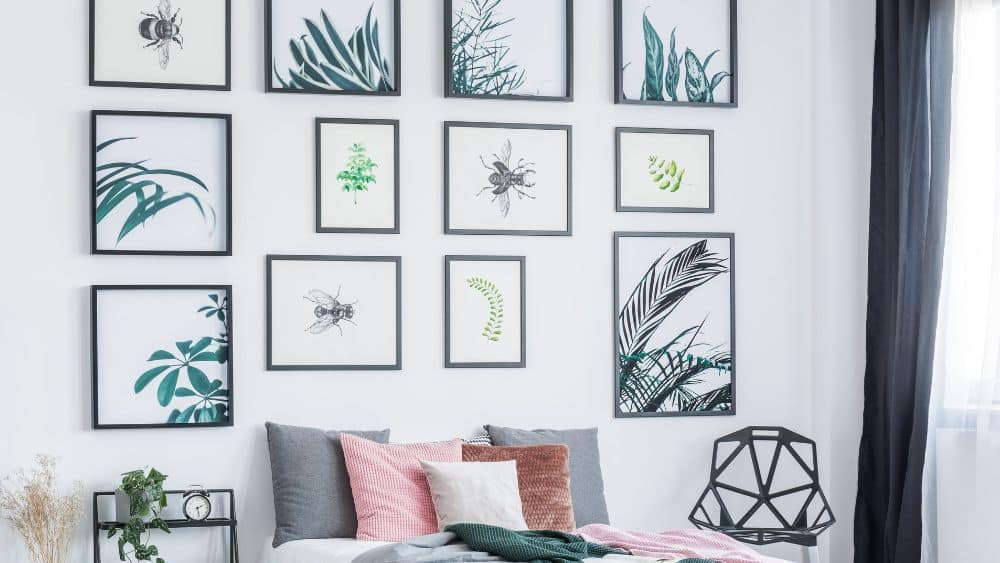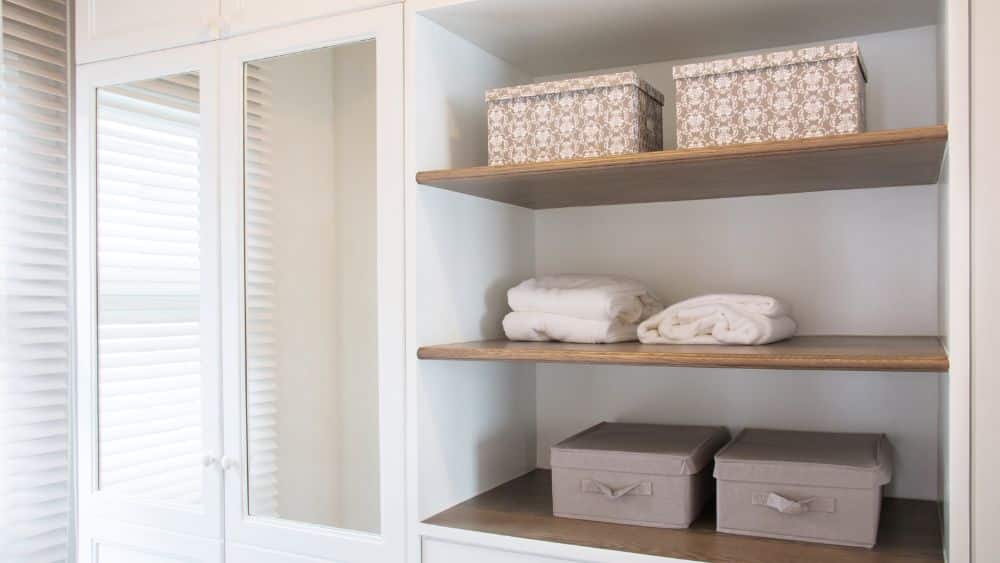Ever feel like you’re the champ of decluttering as far as your wardrobe is concerned? You might have a capsule collection or just the essentials down pat, but there is another space to direct your talents.
Aside from the kitchen and the bathroom—where extra clutter and used items commonly live—the living room is also a space to pare down. It might not seem obvious at first, but since this hangout is used almost daily, there’s a variety of items and activities that occur in this space.
The living room is a space for socializing as much as it is a space for relaxation. If you’re preparing to move from your current abode into a tiny-sized home, whittling down your living room contents is a must-do.
Odds are, in your tiny home, you’re going to continue engaging in the same activities and patterns you normally do. The only difference between your previous home and your new one? There’s less square footage. And, if your living room also happens to be a sleeping area (or a guest room), you might feel even more urgency to live with less.
Depending on where you are in your decluttering journey, tidying up might seem totally easy or completely overwhelming. Don’t feel discouraged; this can be a very simple (and streamlined) process. If the living space is the first—or second or third room—you’re tackling, it’s no sweat.
Don’t know how to get started? Check out our handy guide below for tips that anyone can do to pare down their living room items.
1. Define the Room’s Purpose

The first step to paring down? Articulating this space’s actual usage, which can range from knowing your why and how in this room. Meaning, pin down how often you plan to spend time in the living space, what you plan on using it for day to day, and what essentials and furnishings you’ll need to make the living room functional and stylish.
2. Begin with Paper

Your immediate inclination might be to start with big ticket items: Think the couch, an overused armchair, et cetera. But it’s smarter to begin smaller. Redirect your attention to paper and zero in on books, magazines, folders, photos, and other items that might be taking up valuable space on shelves, in drawers, or sitting on flat surfaces (like your coffee table). You can donate books to libraries and used book shops and recycle magazines. If you have a surplus of papers—especially documents and photos—digitize them and dispose of the hard copies.
3. Organize Shelving and Flat Surfaces

Bookcases, end, and side tables, plus a desk or the coffee tables are the next spot. This can be a combined effort of sorting through functional items and decorative touches. Whittle down picture frames, keepsakes, and other objects
4. If There’s a Closet, Sort it Out

Some living spaces have closets—maybe it’s in an open concept space by the front door or a small storage or linen space. Spots like these can be catch-alls for seasonal wear (think parkas and raincoats), in addition to seldom-used items. Note: If you’re moving to a new location with fewer seasons, consider donating any outerwear that won’t be used (and keep one or two for your travels).
5. Pare Down by Category

If you’ve already moved through the above steps, consider tossing items by category. Whether it’s furniture, art and decor, accessories (aka, throw pillows and blankets), or entertainment, focusing on one bucket at a time will make the process that much easier.
6. Leave the Heaviest and Big-Ticket Items Until the End.

A couch and dining set can be the hardest things to move (or sell), and it’ll be much faster to unload when there’s less stuff hanging around to boot.
7. Minimize Art and Personal Touches

A smaller home means less wall space purely for decorative elements. In your next abode, your wall space will also encompass storage, shelves, and other hotspots for organizing. Keep art, vases, plants, and even candles to a smaller scale as you’ll have tinier flat surfaces for display. You may also want to invest in more vertical options for personal effects, like plant stands, mounted picture frames, and leaning ladders for throw blankets in the living room.
8. Think About Efficiency

This isn’t about unloading everything and everything. What items will make your life easier and more efficient? Keep those. A desk, for example, if you work from home is a total lifesaver and makes daily work easier (and less painful). Efficiency can also maximize a living space’s flow—so baskets for storing yoga mats and extra pillows will keep floors neat and clear, for example.
9. Feeling Stuck? Create a “Maybe” Pile

Decluttering isn’t always easy. If you’re unsure about a few items, designate a zone for a maybe pile. And give yourself a time limit on making a decision on an item, whether it’s 24 hours, a few days, or even 30 days to assess whether you truly need or use something.
10. Don’t Get too Carried Away

Make note of what you absolutely need to function and thrive in your new home. After all, you don’t want to get rid of it by mistake. In decluttering, it’s easy to feel empowered by the constant unloading, and you don’t want to lose sight of what you need in the end.
